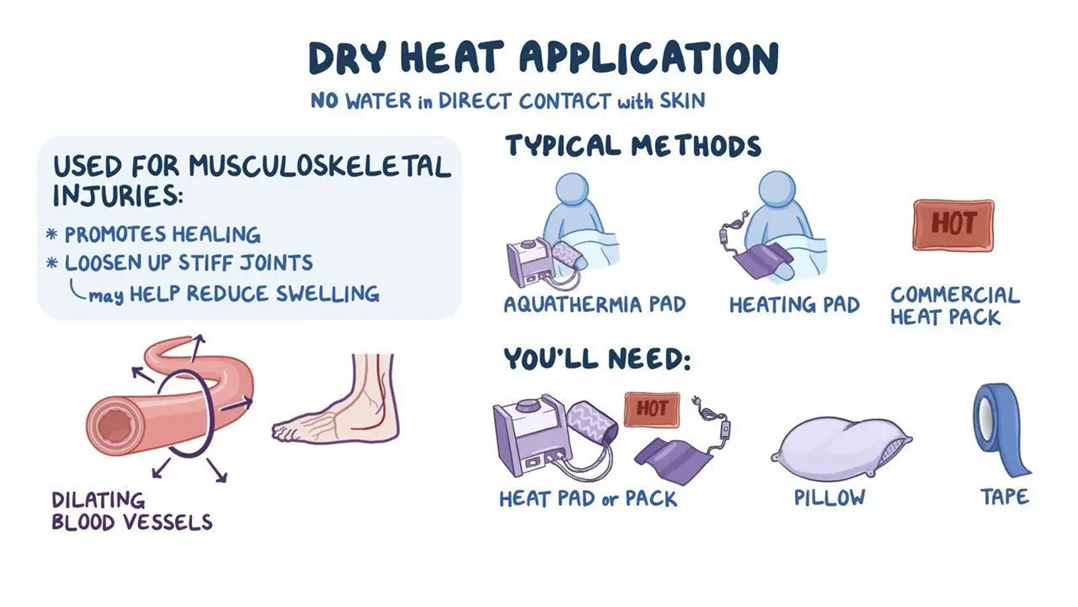A nurse is caring for a client whose family member requests to view the client’s medical record. Which of the following responses should the nurse make?
The ethics committee will need to approve this request for you.
I will ask the nursing supervisor to obtain the medical records for you.
The healthcare provider will share this information with you.
The client must provide permission to share the records with you.
The Correct Answer is D
Choice A reason:
The ethics committee does not typically handle requests for access to medical records. Their role is more focused on addressing ethical dilemmas and conflicts in patient care, rather than routine administrative tasks like granting access to medical records.
Choice B reason:
Asking the nursing supervisor to obtain the medical records for a family member is not appropriate without the client’s consent. Medical records are confidential and protected under laws such as HIPAA (Health Insurance Portability and Accountability Act), which require patient authorization for disclosure.
Choice C reason:
The healthcare provider cannot share medical information with a family member without the client’s explicit permission. This is to ensure the privacy and confidentiality of the client’s health information.
Choice D reason:
The correct procedure is for the client to provide permission to share their medical records. Under HIPAA, a healthcare provider can only share a patient’s medical information with family members if the patient has given explicit consent. This ensures that the patient’s privacy rights are respected and that their health information is protected.
Nursing Test Bank
Naxlex Comprehensive Predictor Exams
Related Questions
Correct Answer is D
Explanation
Choice A reason: Leave the pad in place for at least 40 minutes
Leaving the aquathermia pad in place for at least 40 minutes is not recommended. The typical duration for applying an aquathermia pad is 20 to 40 minutes1. Prolonged exposure beyond this time can lead to complications such as burns or vasoconstriction, where blood vessels constrict instead of dilate, potentially increasing blood pressure and causing discomfort.
Choice B reason: Set the pad’s temperature to 42.2°C (108°F)
Setting the pad’s temperature to 42.2°C (108°F) is too high. The recommended temperature range for an aquathermia pad is generally between 40.5°C to 43°C (105°F to 109.4°F)3. Temperatures above this range can increase the risk of burns and skin damage. It is crucial to follow the manufacturer’s guidelines and institutional protocols to ensure safe and effective use of the pad.
Choice C reason: Use safety pins to keep the pad in place
Using safety pins to keep the pad in place is not safe. Safety pins can puncture the pad, causing leaks and potentially leading to electrical hazards. Instead, the pad should be secured with tape or a cloth cover to ensure it stays in place without causing damage.
Choice D reason: Stop the treatment if the client’s skin becomes red
Stopping the treatment if the client’s skin becomes red is the correct action. Redness of the skin can indicate the beginning of a burn or other skin damage. It is essential to monitor the client’s skin condition frequently during the application of heat therapy and to discontinue the treatment immediately if any signs of adverse reactions, such as redness or discomfort, are observed.

Correct Answer is []
Explanation
The correct answers are:
Condition:
- a. Pneumothorax
(After a thoracotomy and chest tube insertion, pneumothorax is a potential complication as air can accumulate in the pleural space, compromising lung expansion.)
Actions:
- b. Administer oxygen as prescribed.
(To ensure adequate oxygenation while resolving the pneumothorax) - b. Ensure the chest tube is functioning properly.
(Ensuring the chest tube is removing air from the pleural space to restore lung expansion)
Parameters to Monitor:
- c. Respiratory rate and effort.
(To assess the client's respiratory status and detect any changes indicating distress or worsening pneumothorax) - c. Oxygen saturation levels.
(To continuously assess oxygenation and detect any hypoxia)
Rationale:
A pneumothorax is more likely post-thoracotomy, especially with a chest tube insertion, as air is a primary concern in the pleural space. Monitoring respiratory parameters like oxygen saturation and respiratory effort helps evaluate the client's respiratory function and chest tube efficacy.
Whether you are a student looking to ace your exams or a practicing nurse seeking to enhance your expertise , our nursing education contents will empower you with the confidence and competence to make a difference in the lives of patients and become a respected leader in the healthcare field.
Visit Naxlex, invest in your future and unlock endless possibilities with our unparalleled nursing education contents today
Report Wrong Answer on the Current Question
Do you disagree with the answer? If yes, what is your expected answer? Explain.
Kindly be descriptive with the issue you are facing.
